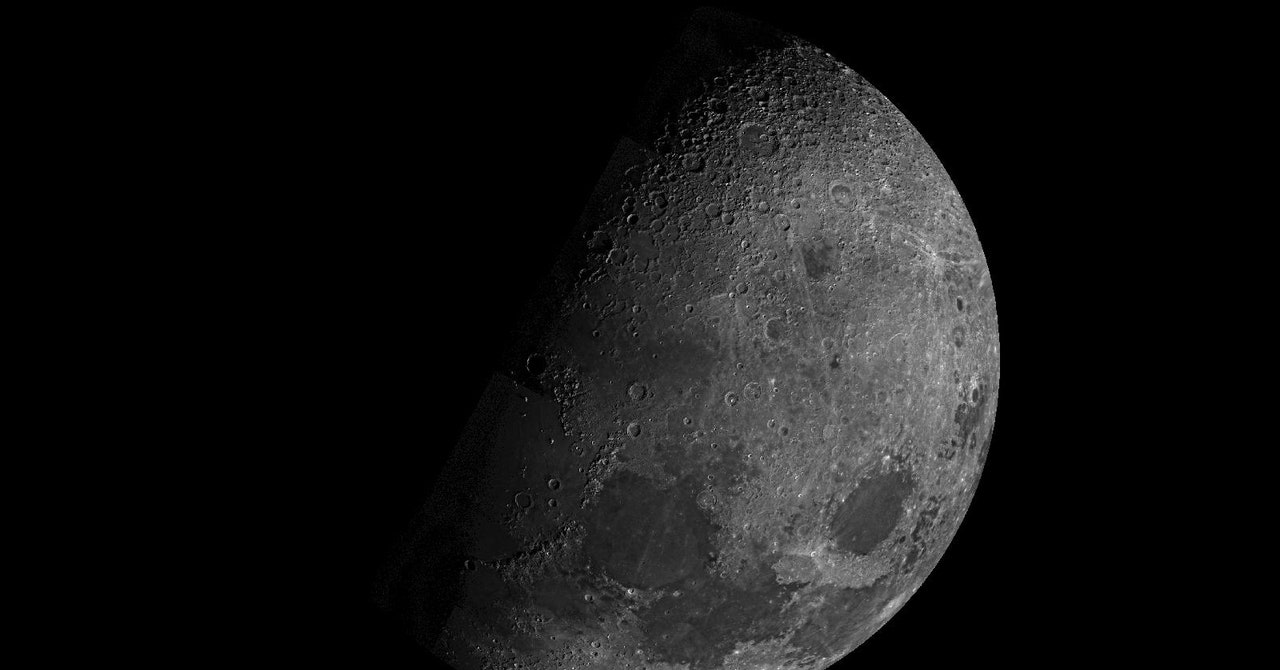
“It’s really interesting work,” says Mukhopadhyay, noting that no study has been able to find evidence for such indigenous gases in lunar rocks before. “The concentrations are very low, so it’s very hard to detect,” says Ray Burgess, a geochemist from the University of Manchester and a reviewer of Will’s study. “It’s a big step forward.”
Will and her colleagues were able to make the discovery using an advanced mass spectrometer at the Noble Gas Laboratory at ETH Zurich—an instrument that can determine what’s in a chemical substance by measuring the weight of its individual molecules. The instrument at ETH Zurich “has the highest sensitivity for studying helium and neon” in the world, says Will. The machine enabled the researchers to study the composition of the glass beads in the meteorites—separated using small tweezers under a microscope—and find the tiny traces of helium and neon trapped inside. The glass beads themselves were just millionths of a meter in size, “really tiny, tiny grains,” says Will.
The next step is to understand how Earth got its noble gases. There are two main possibilities: that they were delivered on comets and asteroids that crashed into our protoplanet, or that Earth quite literally sucked them into its atmosphere from the nebula of gas and dust that surrounded our young sun. To find out, scientists want to look for more noble gases—namely krypton and xenon—in lunar meteorites.
We find krypton and xenon in other meteorites that have crashed into our planet: pieces of asteroids that may have been the building blocks of planets like Earth. If we can also find those gases in lunar meteorites, we can compare their compositions “and see the correspondence,” says Burgess. The reason for looking at lunar meteorites, and not just rocks here on Earth, is that they offer a better record of the solar system’s early history.
If krypton and xenon found in lunar meteorites is similar to that found in meteorites from elsewhere, it would support the theory that our noble gases originated from asteroids and comets; if not, it would support the nebula idea. On the other hand, if we find no krypton or xenon, that would be an “interesting puzzle that we’d have to sort out,” Burgess adds.
Henner Busemann from ETH Zurich, a coauthor on Will’s study, says the team saw evidence of krypton and xenon in the lunar meteorite samples they looked at, but they couldn’t be sure of their results. “We cannot make the case yet,” he says. “We will try now to get better precision.”
Finding noble gases on the moon may tell us about its water content, too. If hydrogen and neon managed to survive its turbulent formation, then water could also have done so in the moon’s interior—something we have seen evidence for, as with the water frozen as ice at the moon’s poles. Such water could be an invaluable resource for future human missions. “If the moon is wetter than we thought, it adds further possibilities to finding resources that we might want to use,” says Burgess.
This might suggest that a wide variety of life-forming material can survive giant impacts early in a planet’s life. “We could produce new models about this planetary formation process in the solar system and beyond,” says Will, adding that this could be one piece of the puzzle of how life originated on Earth—and maybe other planets, too.


